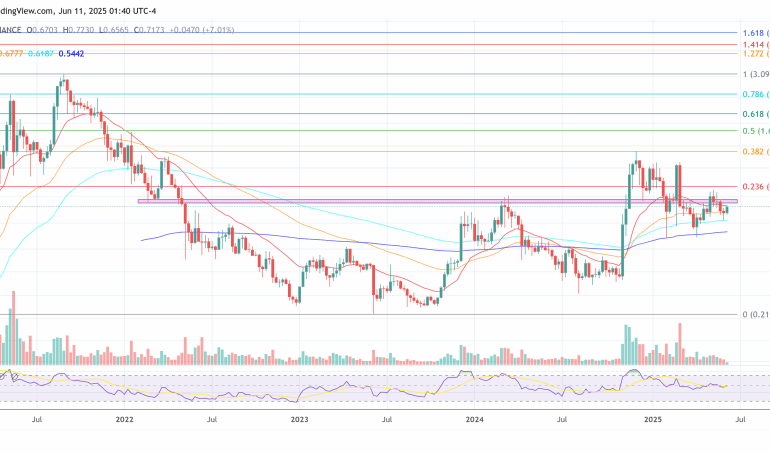
Bitcoin Mining: An Easier Path Ahead as Hashrate Surges to Record Highs
In the ever-evolving world of cryptocurrency, Bitcoin mining has recently become a hot topic of discussion. On a notable Tuesday, the Bitcoin network’s hashrate skyrocketed to an astonishing all-time high of over 1.2 trillion hashes per second. This surge marks a significant moment in the mining landscape, especially in light of a concurrent drop in mining difficulty.
Understanding Hashrate and Its Importance
To truly grasp the implications of this development, it’s essential to understand what hashrate means. Hashrate refers to the total computational power that miners contribute to the Bitcoin network. A higher hashrate indicates an increase in mining activity, which can lead to both greater security for the network and a more competitive environment for miners. Essentially, the higher the hashrate, the more difficult it becomes to mine new blocks, as there are more participants vying for the same rewards.
The Recent Surge in Hashrate
The recent peak of over 1.2 trillion in hashrate indicates a robust resurgence in mining activities. This surge can be attributed to several factors, including advancements in mining technology, an increase in the number of miners entering the space, and a potential rise in Bitcoin prices that encourages more individuals and companies to engage in mining.
Interestingly, this spike in hashrate comes at a time when Bitcoin’s mining difficulty has seen a slight decrease. Mining difficulty adjusts approximately every two weeks to ensure that the time taken to mine new blocks remains relatively stable, averaging around ten minutes. When the hashrate increases significantly, the difficulty also rises, making it harder to mine Bitcoin. Conversely, when the hashrate drops, the difficulty decreases to accommodate the changing landscape.
What This Means for Miners
For miners, this combination of heightened hashrate and reduced difficulty may initially seem like a golden opportunity. Easier mining conditions can lead to increased profitability for those equipped with the latest technology. However, this situation is likely to be fleeting. As more miners are drawn into the market by favorable conditions, the hashrate may continue to rise, which could eventually lead to an increase in mining difficulty once again.
Miners must remain agile and adapt to the rapidly changing environment. Those who continuously invest in more efficient mining rigs and stay informed about market trends will have a better chance of thriving in this competitive space. It’s a balancing act of managing costs, staying ahead of technology, and understanding the market’s unpredictable nature.
The Future of Bitcoin Mining
As we look ahead, the Bitcoin mining landscape is likely to continue evolving. With technological advancements and an increasing number of participants, the dynamics of mining will remain complex. Investors and miners alike should keep a close eye on the trends impacting hashrate and difficulty, as these factors will ultimately shape the future of Bitcoin mining.
In conclusion, while Bitcoin mining may have become easier for the moment due to a lower difficulty level, the surging hashrate signals that this respite may not last long. The world of cryptocurrency is as thrilling as it is unpredictable, and staying informed is the key to navigating its ever-changing waters.



